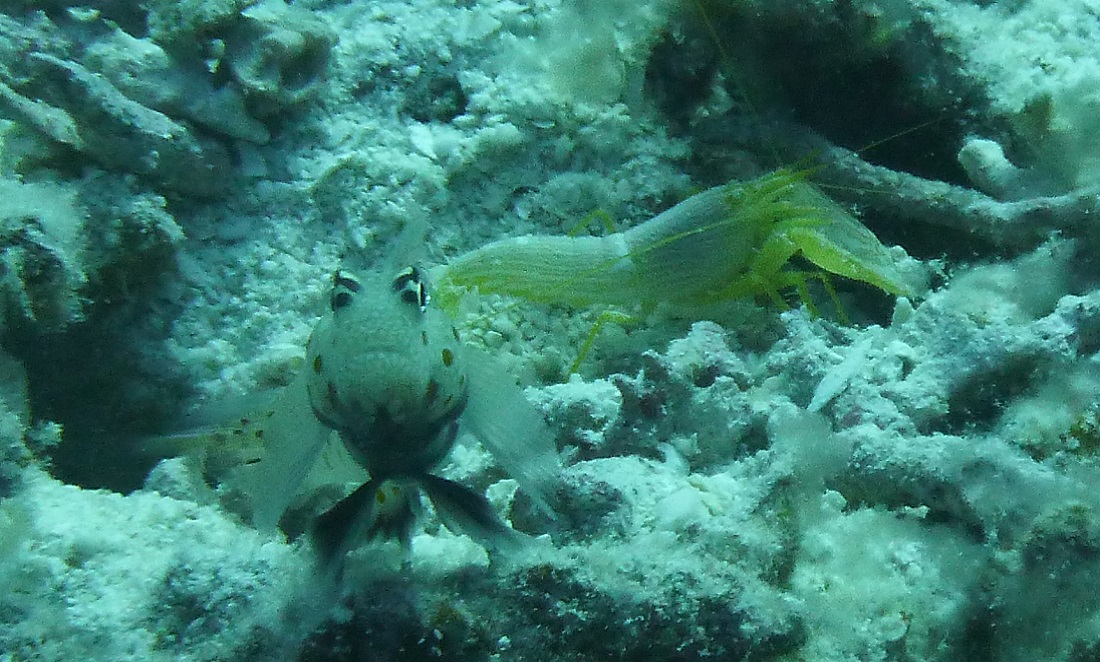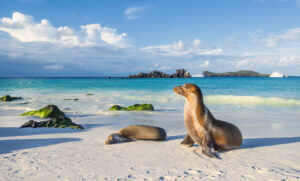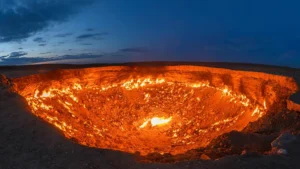The notion of nature’s sacred balance is an intriguing one, full of tales of the intricate web of life that enables plants and animals to thrive, evolve and grow.
But Mother Nature has not created all relationships equally. In fact, some of the partnerships that exist in the natural world are positively bizarre. Here are three of our favourites.
1. THE FISH THAT RESIDES IN A SEA CUCUMBER BUTT
Yep, a group of fish known as pearlfish have evolved to live in the anuses of sea cucumbers.
Why such an unsavoury residence? For protection of course.
WA Museum Curator of Fishes Glenn Moore says the pearlfish dart out at night-time to hunt and retreat back into the sea cucumbers by day. Some pearlfish take things a little too far, however, and parasitise their cucumber homes. What do they eat? Sea cucumber gonads, thank you very much.
But not all hiding places need to be in such personal locations.
2. THE UNDERSEA BUDDIES
Take the case of the group of pistol shrimp who’ve buddied up with the burrowing fish species, gobies. In this duo, gobies guard the entrance to the burrow of pistol shrimp to protect the shrimp. In return, the pistol shrimp digs and maintains a burrow for the pair to share—their own personal love den.
WA Museum Curator of Crustaceans Andrew Hosie says the pistol shrimp keep an antenna on their goby buddies as they work. At the slightest signal of danger from the goby, the shrimp shoots back into the burrow.
The shrimp also clean the gobies, getting a feed for their efforts while ridding the fish of any parasites.
So strong is their friendship that some species have evolved to share similar colourings.
Scientists who have plucked gobies and pistol shrimp from the wild to study in aquariums found they continue to pair up with their mates. However, it’s unclear if the shrimps and gobies choose the exact same partner they had in the wild or simply one of the same species.
Whatever the case, it’s a case of a mutually beneficial relationship—a win-win that keeps everyone happy.
But not all relationships end so well.
3. THE BUTTERFLY DECEIT AND ANT INFANTICIDE
Ask Department of Biodiversity, Conservation and Attractions Senior Research Scientist Matthew Williams about the ultimate case of deception, and he’ll tell you about the arid bronze azure butterfly.
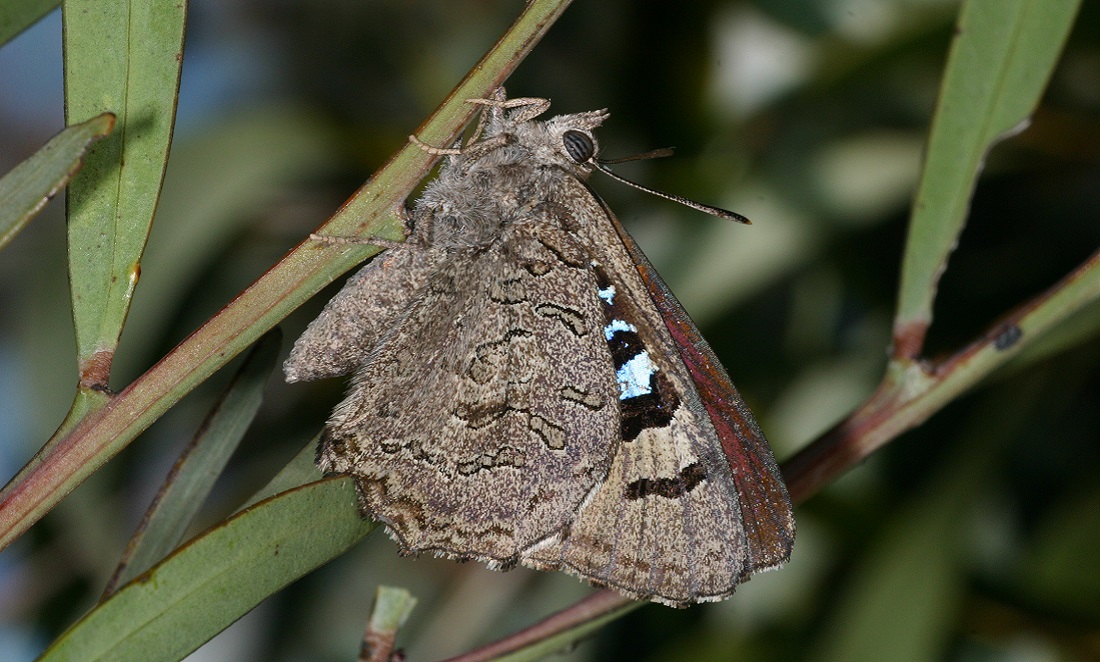
This threatened butterfly in WA’s Wheatbelt owes its survival to bearded sugar ants. Butterfly mums lay their eggs at the entrance to the ants’ nests. When hatched, the butterfly larvae emit a chemical that fools the ants into thinking they are queen ants. The duped ants then welcome the larvae into their underground homes.
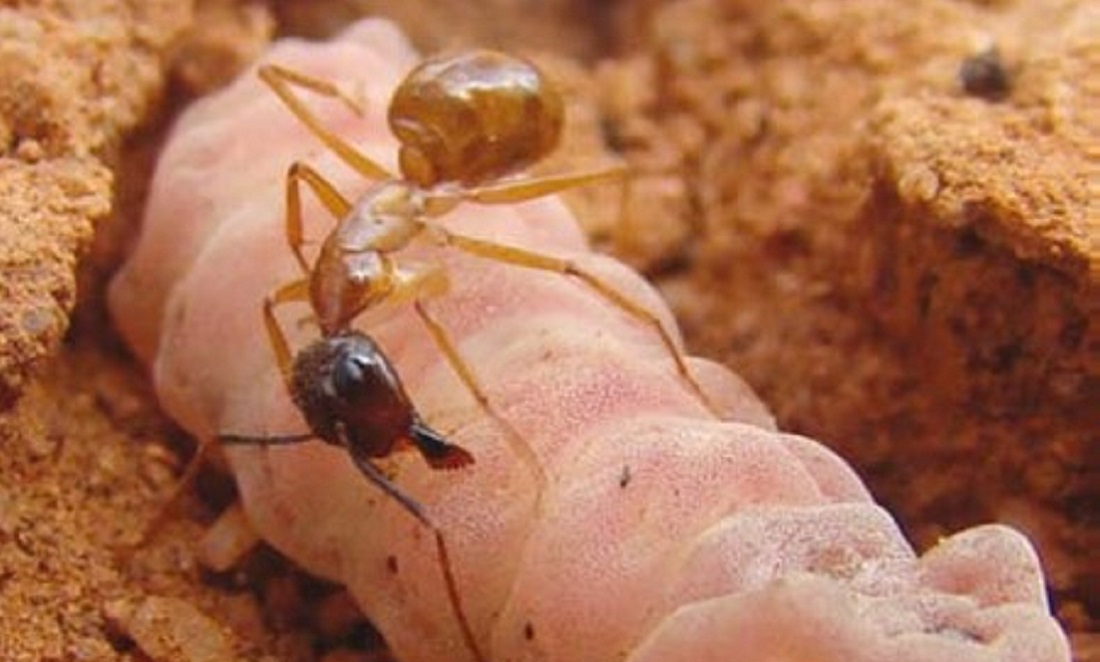
So convincing is the chemical that ants overlook the fact that the comparatively enormous white larvae look nothing like an ant. Instead, the ants graciously escort the larvae into their nurseries.
What do the butterfly larvae do in return for the protection and accommodation? Feast on the ants’ babies! The ant babies provide all the nutrition the larvae need to grow.



